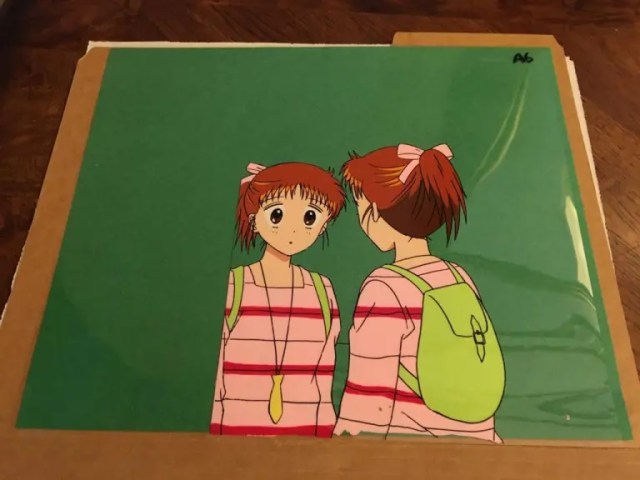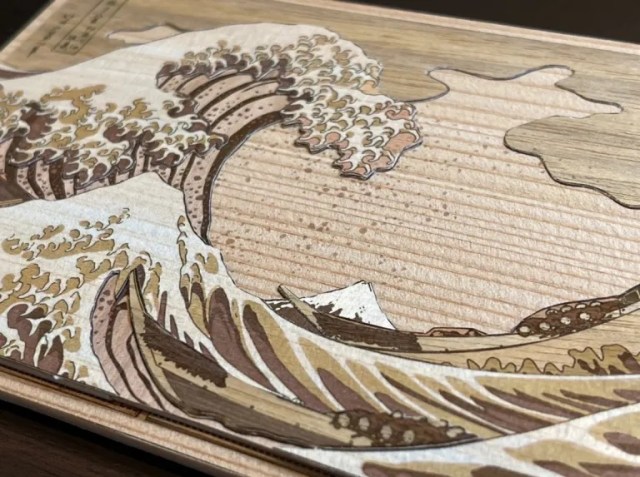Japanese government wants to acquire original anime and manga art for creation of national archive

Ministry of Education, Culture, Sports, Science and Technology discusses project with Evangelion creator Hideaki Anno.
For their first several decades of existence, manga and anime were largely considered little more than inconsequential disposable entertainment. Sure, some hard-core fans were keen for in-depth discussions and multiple readings/viewings of older works, but for mainstream society, and particularly among academics, the attitude was largely “Yeah, comics and animation may be fun, but they’re not really important.”
Things are different in the modern era, though. It’s pretty easy to make an argument that anime and manga are now the most vibrant and diverse sections of Japanese media, making them both a significant reflection of contemporary societal values in Japan, as well as being the nation’s most prominent cultural export. Unfortunately, the amount of time it took for this shift to happen means that the acknowledgment of the value in preserving the artforms’ past comes after many years of original anime/manga artwork being treated almost like industrial waste. There are tales of anime studios back in the 1980s filling up entire trucks with cels to be taken to the dump, since once they’d been shot and the show aired, all those cels were just trash, so why bother keeping them?
But not everything was thrown away, luckily, and now the Japanese government’s Agency for Cultural Affairs, part of the Ministry of Education, Culture, Sports, Science and Technology, wants to make sure that the remaining tangible pieces of anime and manga’s history can be preserved. On September 30, members of the agency held a discussion whose participants included Evangelion creator Hideaki Anno and manga artist Machiko Satonaka, in which the agency said it is planning to create a national archive of anime and manga art materials. In particular, the facility would be used to house anime cels and manga genga, the original drawings from which the published versions of comics are produced. The archive would be staffed with skilled specialists trained in how to preserve the archived materials. Of course, the plan will also require the Agency for Cultural Affairs to acquire the artwork first, which would likely necessitate asking for pieces from publishing companies that have retained them or from private collectors.
A site has yet to be decided on, but creating the anime/manga archive within the National Film Archive’s Sagamihara Branch has been presented as a possibility, with a timeline of the archive beginning formal operations within the next six years. The materials won’t be locked in a vault and sealed away forever, as the agency plans to utilize the artwork to promote understanding and interest in anime and manga, in coordination with other institutions both in Japan and overseas. The agency says it is also considering including materials from video games and tokusatsu series in the archive, as well as possibly creating a viewing/display area of its own at the facility.

Though not specifically cited by the agency, the situation has certain parallels to the history of ukiyo-e woodblock prints. During their heyday in the 17th, 18th, and early 19th centuries, ukiyo-e, with their mass-produced affordability and focus on everyday life, were similar to anime/manga in that they were very popular, but the physical paintings themselves were not necessarily treated with great reverence. Later, when historians and art-lovers took a renewed interest in ukiyo-e, many of them had been destroyed, discarded, or taken out of Japan by visiting overseas collectors who’d shown stronger interest in them at the time than much of the local population had. Anime and manga may be commercial entertainment products, but you can’t provide entertainment without striking a chord with people’s emotions and aspirations, and if anime and manga serve as a representation of Japan’s cultural values at a point in time, then they’re worth preserving for future generations to see and learn from.
Source: NHK News Web
Photo ©SoraNews24
● Want to hear about SoraNews24’s latest articles as soon as they’re published? Follow us on Facebook and Twitter!
Credit:

0 comments: